Derek Pedersen on Committing through Uncertainty
“In the beginning, I had a lot of doubts,” Derek Pedersen says. “I didn’t know if all my effort was for nothing. But I wasn’t willing to quit. I had...
4 min read
Written by Katie Iannace, Apr 13, 2023

This post is part of The Founder Factor, where we bring you behind the scenes with South Carolina’s most impactful entrepreneurs so that you can discover the strategies, ideas, and mindsets you need to unlock your next business breakthrough.

While Scott Pancoast is not new to the process of getting a startup running, he was not always the seasoned board member and entrepreneur he is now. His career began in the “ivory tower,” as he calls it. “But then, at age 28, I was thrown into a VP of Operations role with a low-tech distribution company in L.A. and didn’t know the first thing about it,” he laughs. “It was a trial by fire where I had to work 80 hours a week to play catch up.” Pancoast sees this early experience as instrumental to learning how a company runs.
In 1994, after being promoted to president of the midwest division and building up even more valuable experience, Pancoast was called back to the west coast (San Diego this time) to work for a high net-worth family. This family spent 10 years growing a new venture that led to the development of the first ear thermometer and had just sold the business to Pfizer for approx. $100 million when Pancoast joined. This introduced him to the venture business, where his job was to invest and grow other high-tech startups. “I quickly learned just how risky startups are and how easily they can fail,” he says. “After we made an investment, my job was to go in, establish a framework of control, generate a plan going forward, and, eventually, recruit the right CEO. After doing this a dozen or so times, I got really good at assessing early-stage startups.”

In evaluating so many new ventures during this period of his career, Pancoast began to see patterns that signaled whether a startup would survive or not. What it all boiled down to in his eyes is one question: “Is the product concept compelling enough to induce customers to part ways with their money,” he states. “Startups typically talk about having all these meetings with prospective customers, but they have trouble getting a sufficient number to actually pull the trigger. Companies view startups as risky, so the product must be enormously compelling to overcome this.”
Flash forward to 10 years later, when Pancoast was recruiting a CEO for one of his startups when the startup presented him with the opportunity to take on the role himself. He eagerly did, as this allowed him to run a company rather than watch from the outside as a board member. “So I wrote up a business plan, amassed a strong management team, raised $8 million, and took the company public,” he recalls. “It was about a 10-year run for me, with lots of successes—including worldwide partnerships with the likes of Pfizer and Merck-Serono—but the company, at the end of the day, did not succeed.”

During this project, Pancoast’s son decided to attend Furman University in Greenville, and after graduation, stayed in the area. So, Pancoast and his wife decided to follow him there, thinking it was time to retire. “As it turns out, I am too antsy to even semi-retire,” he laughs. “Then, in late 2016, I heard about this technology that had been licensed from Einstein College of Medicine that needed outside funding, so I agreed to contract-based work where I would not get paid until I raised a threshold amount of money; I was willing to do this because I saw the potential in the product.” When he landed a term sheet for about $1 million in financing, in a whirlwind series of events, Pancoast was accused by the owners of trying to usurp them and take over the company. “Not too long thereafter, they fired me,” he states. “I went 7 months without getting paid to help build this startup, only for it to end in a flash.” Or so he thought.
As it turned out, the owners had breached the licensing agreement several times over, and soon after Pancoast was terminated, the owners were given 90 days to cure the breaches (pursuant to the agreement), but they failed to do so. As such, the technology was available for licensing again. “So, on day 90, the technology was freed up, on day 91 I was sitting in the Tech Transfer Department at Einstein College. On day 93, I signed a new licensing agreement.” Pancoast named the new company Zylö Therapeutics. “Due to this bizarre set of events, I now owned 100% of the thing rather than the 4% that the original owners had promised me,” he says.
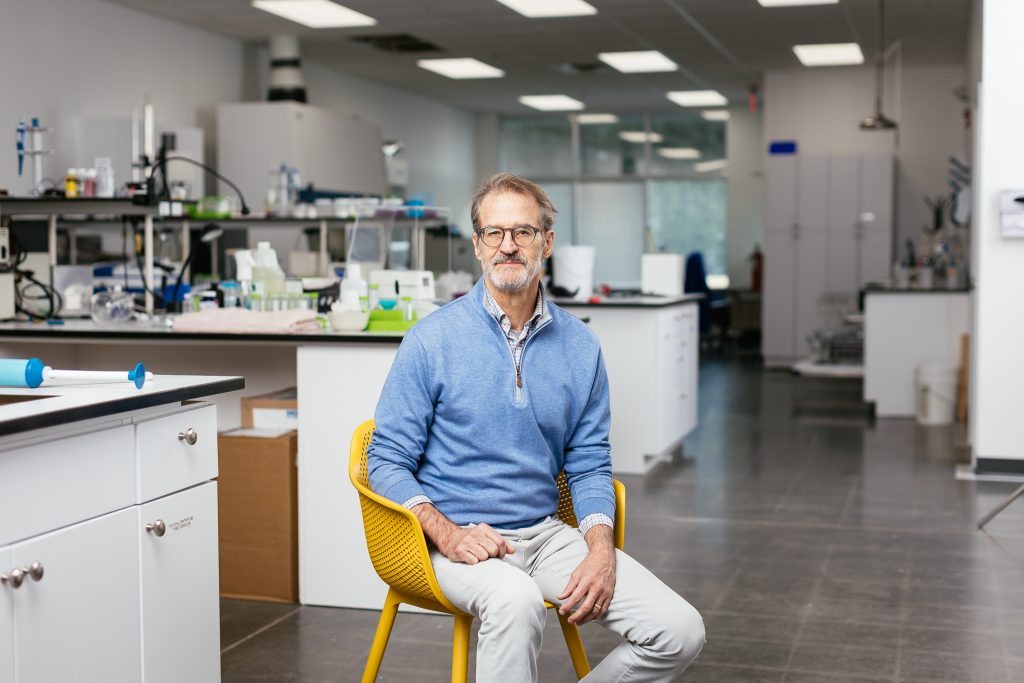
With a clean slate, Pancoast has been building this company ever since. Zylö Therapeutics makes a highly engineered, time-released drug-delivery system for topical applications. This technology can administer an extensive range of active ingredients to treat various ailments. While this product is promising, Pancoast does not describe Zylö’s journey as smooth sailing. “If a startup claims to be struggle-free, they are hiding something,” he states. But as no stranger to startups, he confidently knows what to expect on the road ahead. “It’s the nature of the beast. We have had our ups and downs, but we are extremely enthusiastic about the company’s future.”
When it comes to keeping a company running, Pancoast sees it very simply. “A CEO’s number one job is to not run out of cash,” he states. “That is probably 50% of my current job—preparing for the scenario where we need additional funding.” Pancoast is always looking at the big picture to see what direction his company will go and how to get them to that next point. “At Zylö, it took us 3 years to figure out what we really had and to home in on where we had compelling enough technology to get customers to part with their money.”
Looking back on the mistakes of his early years, Pancoast has found that instead of dwelling on your mistakes, you should reflect a bit, learn what you can from them, and quickly move on. As his last piece of advice to those just starting their entrepreneurial journey, Pancoast instructs, “Don’t hide things from your board…or from yourself. Look reality straight in the eye, assess the related issues, and develop a plan of action to deal with them. Present the issues to the board AND the recommended solution. Don’t ever let the board fill the void on how to solve the problem.”
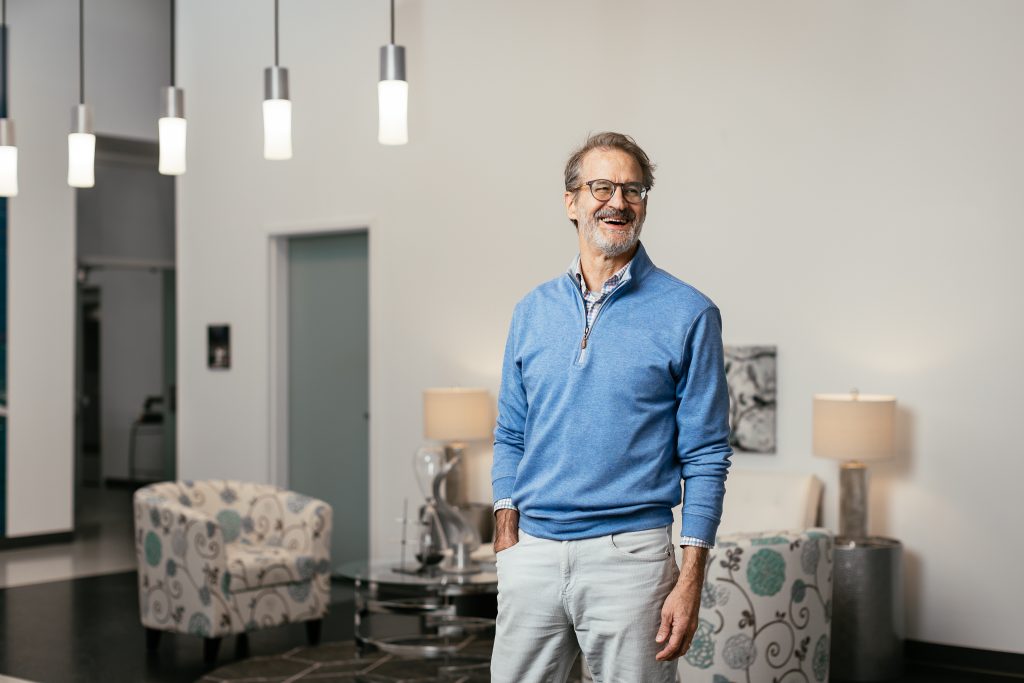
Follow Scott Pancoast on Linkedin and stay up to date with Zylö Therapeutics here.
Designli leads clients through the design and development of complex digital products, bringing startups and entrepreneurs from “Vision to Version 1.” Ready to bring an app or web app to life? We’re here to help.
The Founder Factor is brought to you by Designli (South Carolina’s top app development firm) and Word of Web (your partner in website strategy and design). Follow our content here on the Designli blog, or on YouTube, Spotify, or wherever you get your podcasts.
Subscribe to our newsletter.
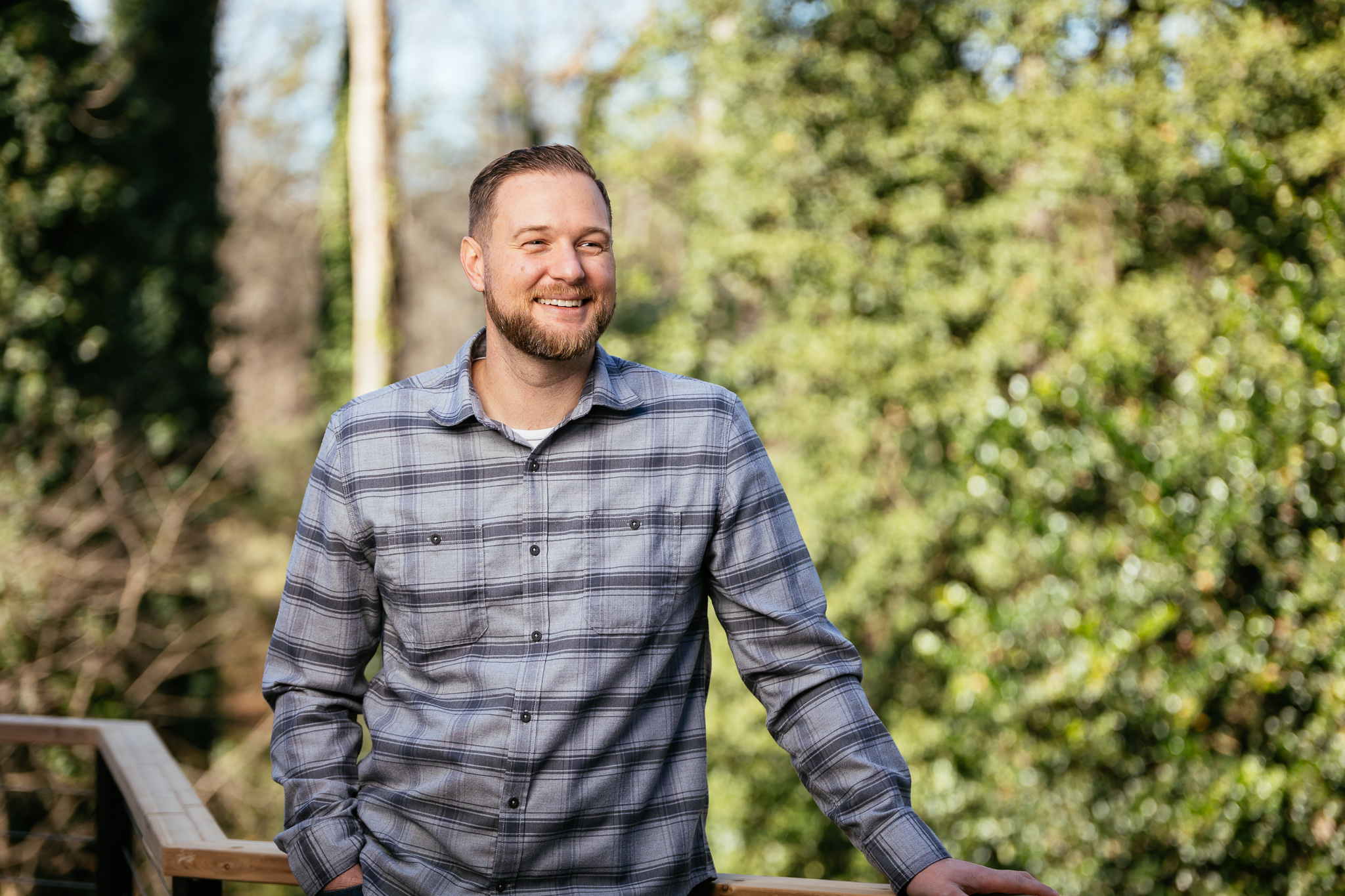
“In the beginning, I had a lot of doubts,” Derek Pedersen says. “I didn’t know if all my effort was for nothing. But I wasn’t willing to quit. I had...
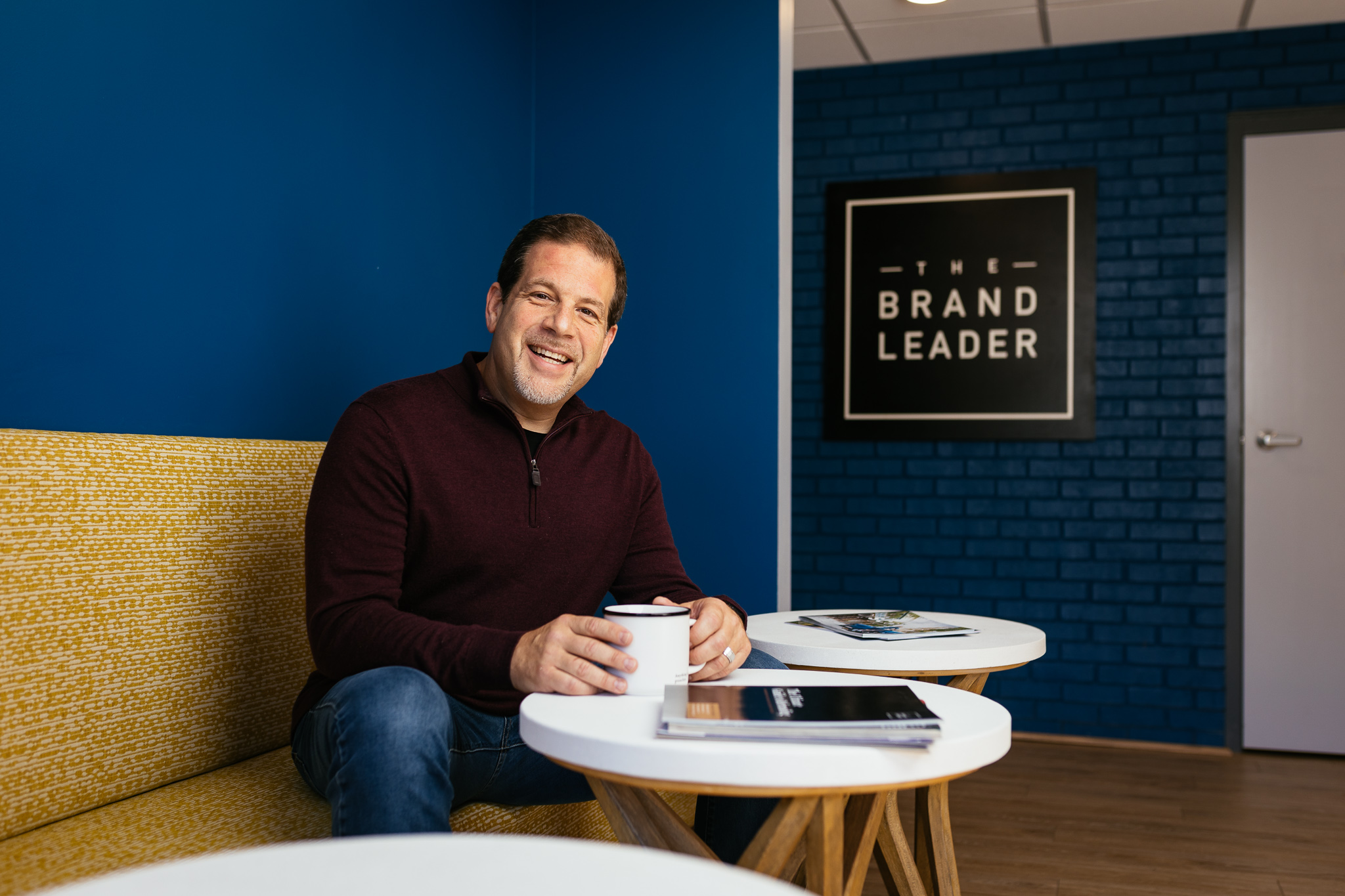
5 min read
Discovering your niche can be difficult, but Geoff Wasserman has built and scaled a successful agency by doing exactly that. Walking away from a...
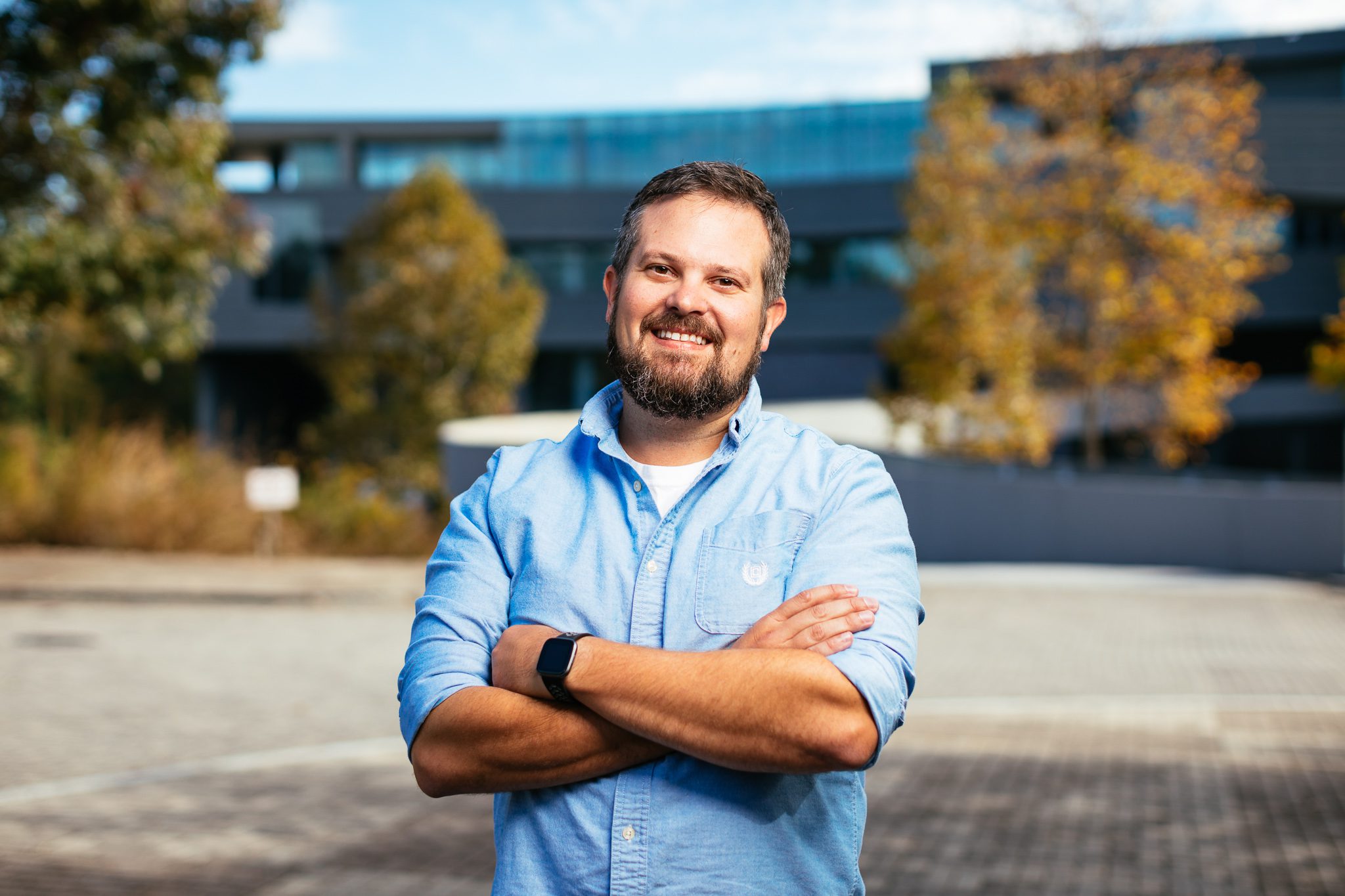
Zach Eikenberry wasn’t an educator when he and a group of Greenville, SC-based CEOs founded NEXT High School, a public charter school dedicated to...
Post
Share